In today’s world of high-speed productivity, our devices have become personal assistants, calendar organizers, photo diaries of Friday night dinners and an infinite source of news stories.
Our heads-down, earbuds-in, screen-up world is alluring at times, but can leave us deprived of meaningful connection when kept out of balance. The truth is, technology just can’t connect us in the physical way that our space can. These connections enrich the human experience in a way technology overlooks. With that in mind, consider creating spaces that allow for both equally important facets — social and spontaneous as well as solitary and remote.
Embrace the in-between
The modern office has developed this approach into a formula: common space at the core, focus space on the fringe, all buffered by circulation. These highly-specialized work spaces attract individuals based on their function or mood. With our attention actively drawn toward workstation groupings, private offices and enclosed conference rooms, it’s easy to overlook the in-between spaces. But within these passive spaces, there is an opportunity to define a new experience in the built environment; one that fosters discovery, exploration and reflection.
How so?
Company culture and environmental cues can influence finish selections, and when aligned with architecture and functionality, those finishes can designate new spaces devoted to contact. These functional choices have the ability to inspire collaboration, define space, promote circulation, generate serendipitous moments and create mystery—all aimed at cultivating our human need for connection.
As the most unique plane within the built space, the floor has a special part to play in this approach to “form follows function” design. We are bonded to its surface through gravity and are in a perpetual state of connection. This interaction allows the floor to communicate with each of us while improving the quality and functionality of a space. Modularity is a key piece to this equation, allowing for texture and color to shift between zones. Through way-finding, we can feel tactile changes underfoot while seeing color and patterns evolve in areas that lie ahead.
Collaboration
Whether enclosed, open or spontaneous, collaborative areas are intended to make us linger long enough for brilliance to emerge. Floors should be energized by both pattern and color. Punctuated with accents and plush areas rugs, these spaces are playful and imaginative. Consider dynamic herringbone installation methods to add an extra pop to colorful pattern mixing.
Circulation
Circulation areas are neither here nor there. They inspire movement and transcendence. Angled installations or patterns with pooling colors can imply action, generate speed and create collision spaces for impromptu conversation. Feather products together or design a steady cadence of colorful accents to mimic pathways, stepping and footfalls.
Introspection
Both connection and disconnection are important to balancing energy in the workplace. Incubation space takes a softened, neutral approach. Plush textures capture sound and keep spaces feeling quiet, comfortable and safe — perfect for earbuds, dimly-lit accent lighting and binging our favorite podcast. Less pattern and a greater emphasis on texture create an intimate experience that transcends the intensity of communal space.
New approaches to technology and the built space are creating dynamic spaces that unglue us from our phones and drive us to connect face-to-face. These intentionally curated environments initiate scheduled and unscheduled interaction sprinkled throughout a mixed-use space. Using the floor, wall color, fabrics and furniture as intuitive environmental clues we can nurture spontaneous human-to-human moments.
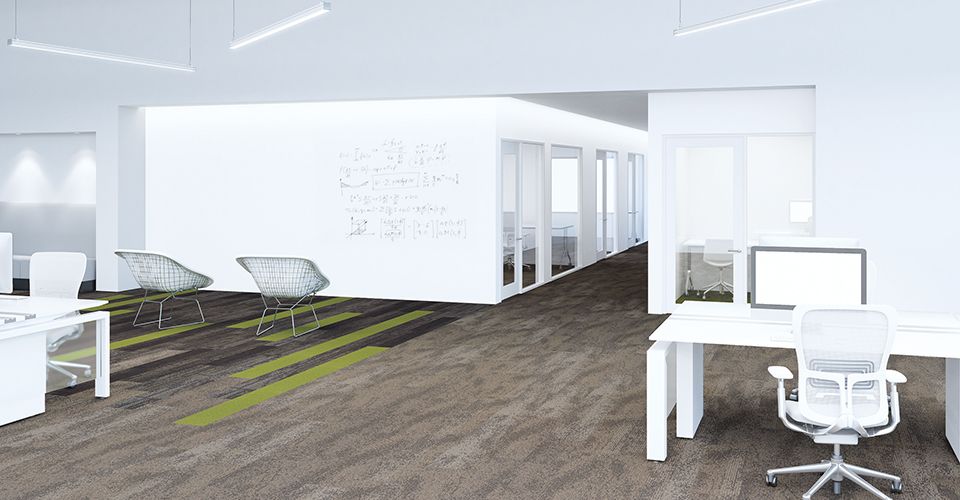
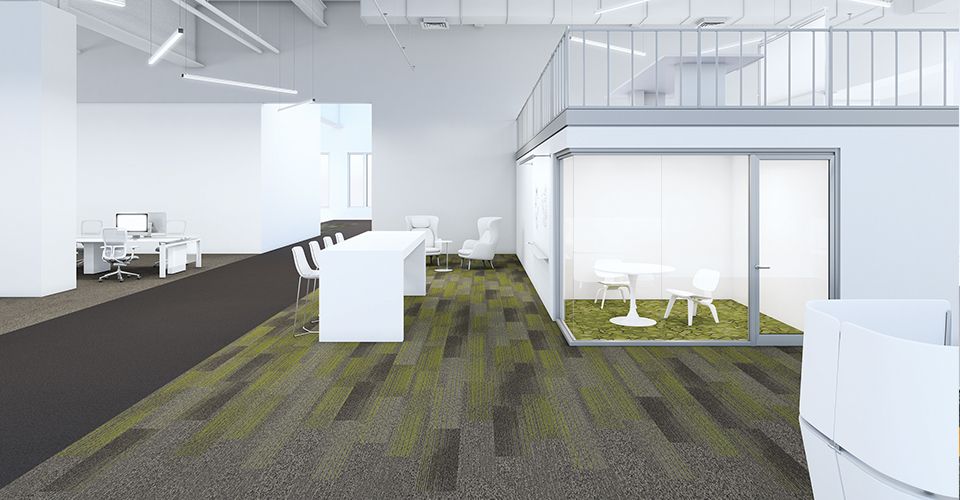
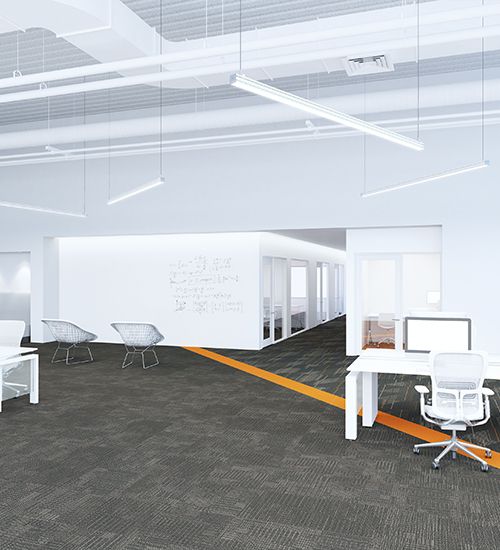
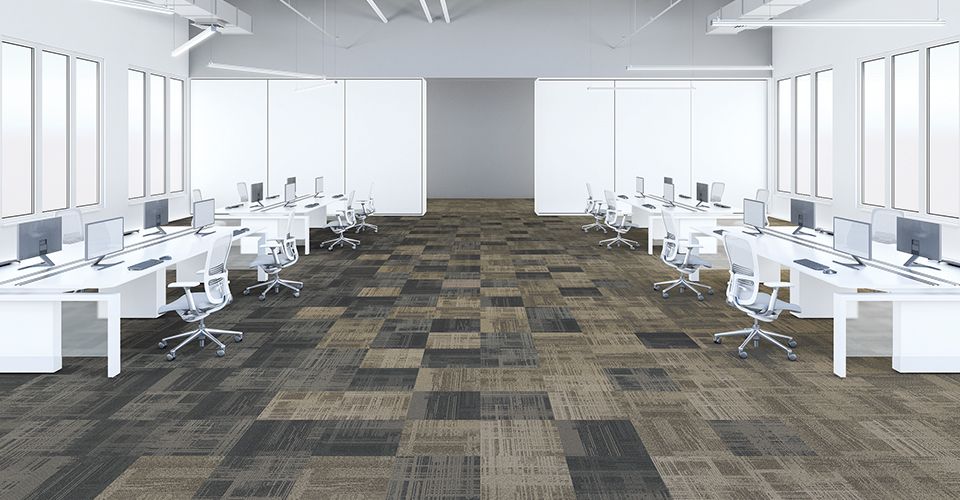
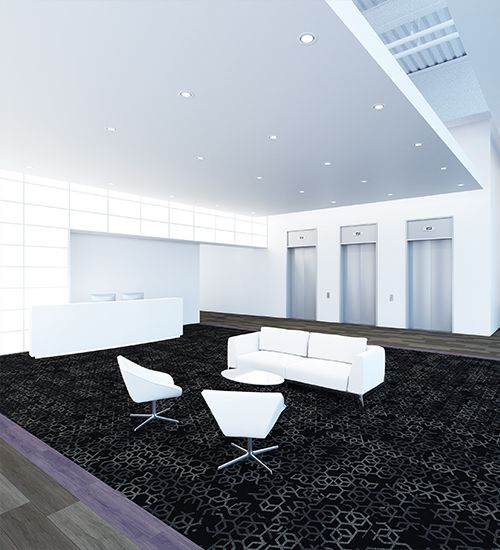
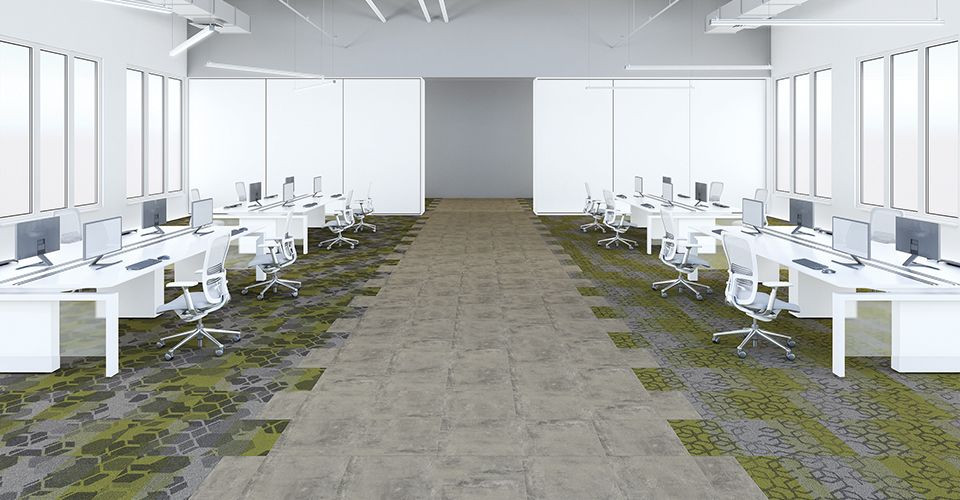

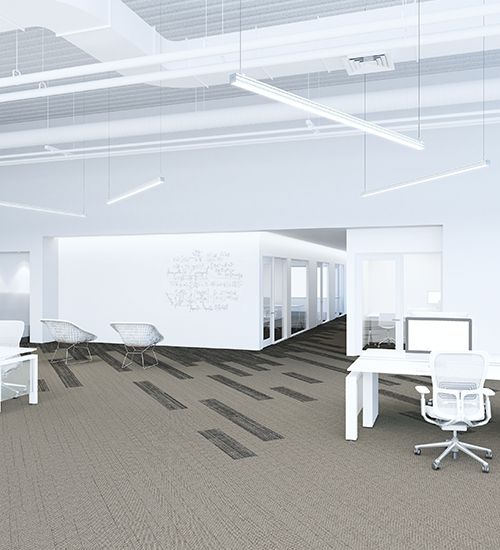

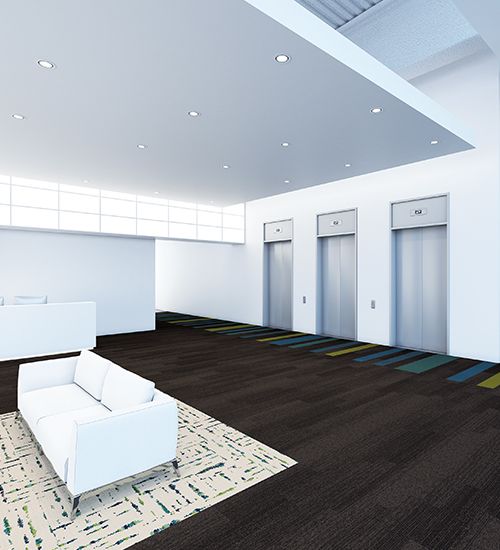
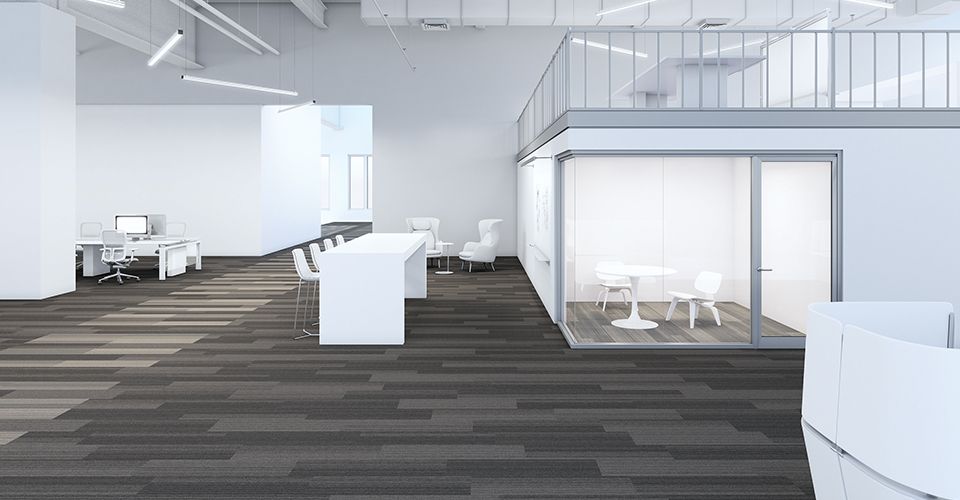
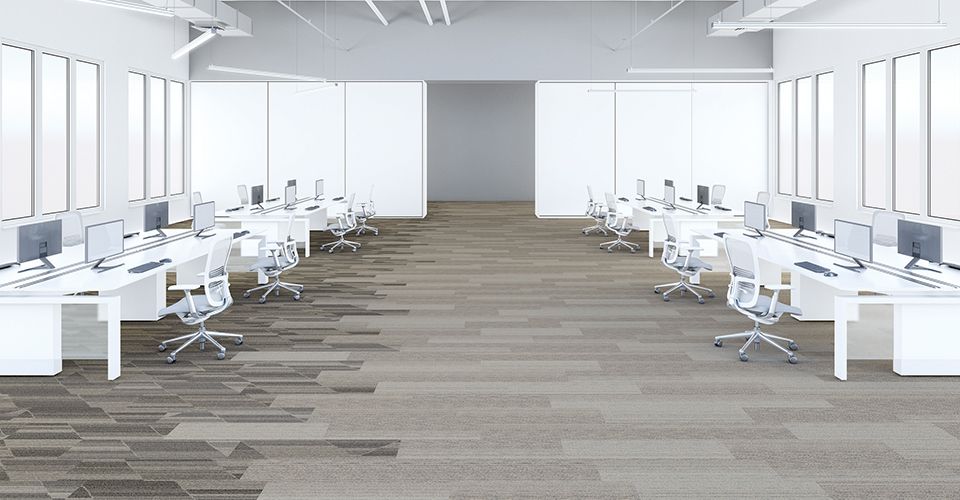
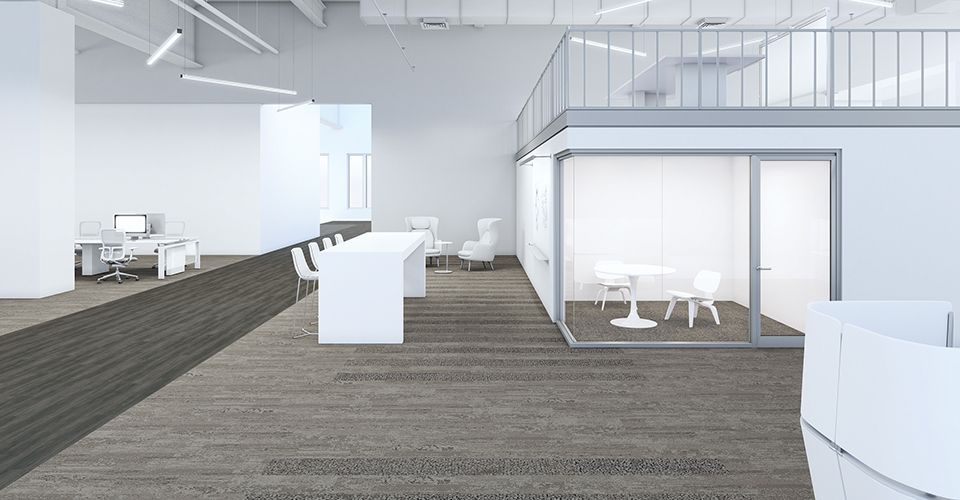
2 responses to “Form Follows Function: How to Redefine Space”
This article describes well some of the many built environment nuances that can be used to contribute to more meaningful and dynamic work spaces. However the visual spaces illustrated in article are just the opposite of meaningful and dynamic. Although I realize you are focusing on floor treatments, the cold, sterile nature of these spaces seem much more suited to robots than to humans. Why not show your amazing flooring as part of a richly detailed environment: patterns, textures, natural light, etc?
Hi Julie,
Thank you for the feedback! You’re right, for the purposes of this article, the rooms are intentionally left white to focus on the floor designs. But there are plenty of examples of our flooring in real spaces here or here or on our Instagram.
-Interface